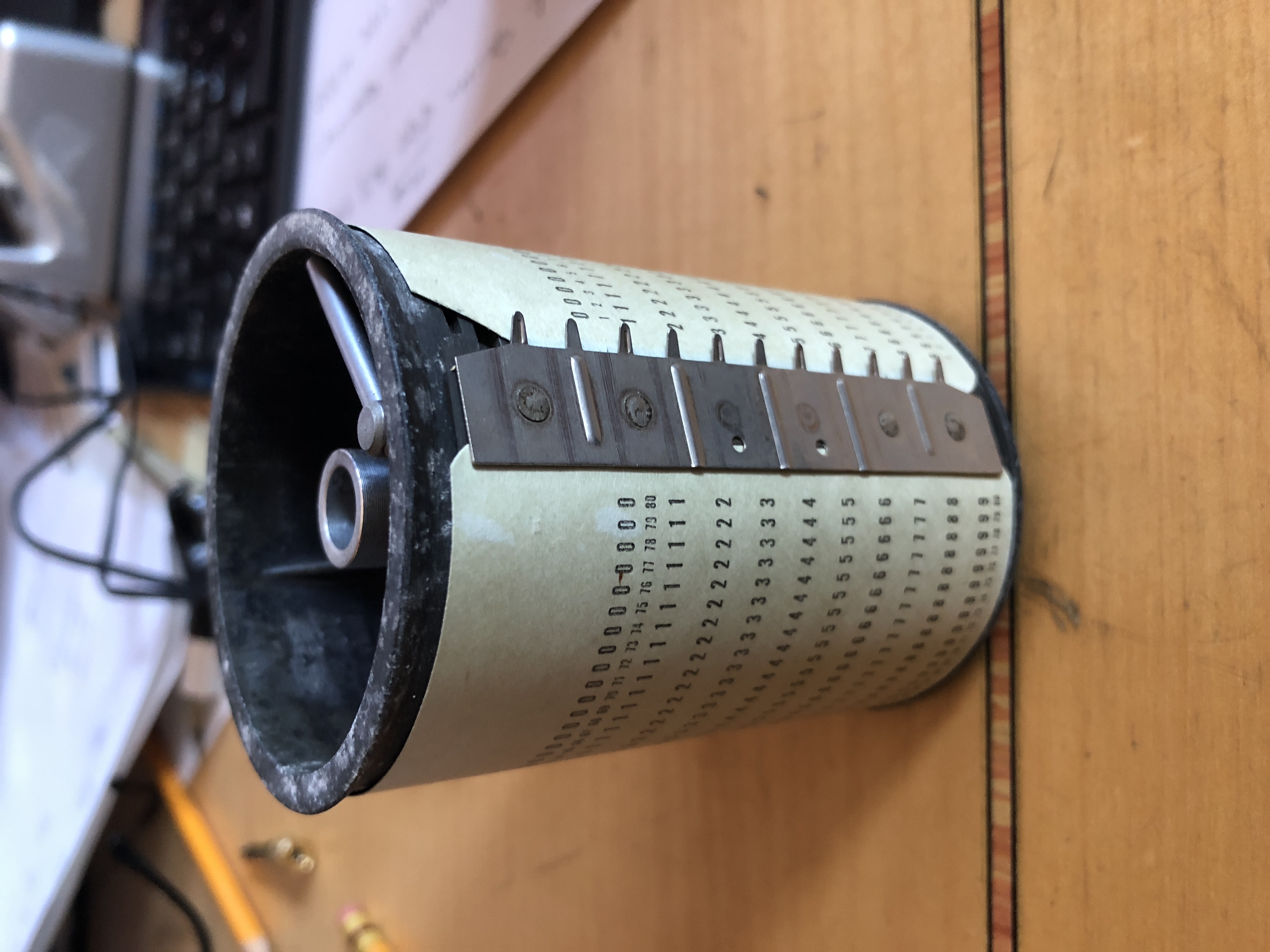When I worked at Sun I was asked to look into a failing CPU module. It turned out to have bad cache. I wrote several utilities to expose the problem and gave them to the CPU group. Later, I asked them for help on another issue and what did they give me? My original utilities!
Many years ago University of California Bereley released a version of UNIX with their own shell that had a neat feature that allowed you to move jobs back and forth between the foreground and background, called the CSH. Syntactically, it was an ugly language. I preferred the standard UNIX (Bourne) shell, but I liked the csh job control, so I figured out how it and the Bourne shell worked and hacked job control onto that shell. About the same time a guy named Korn at Bell Labs had done the same thing, but his shell hadn't been distributed.
Two things happened later on. First, googling my name used to always show who had Linux docs online because I had sat down with the pdksh guys at one point and explained how job control worked ao they could put it in their shell, so they gave me credit. Second, the CMU Mach project picked up the shell unbeknownst to me so it went into a lot of systems based on that like the NeXT and the later Mac Unix. One day years later I'm sitting down at a MIPS workstation and typed one of the job control commands. "Job control not enabled" it said. Hey, that sounds like something I wrote. "Set +J" I type. "Job control enabled." Holy crap, this is a Ron shell.
The other funny one was I wrote one of the first internet routers. Since I was actually an employee of the US Army at the time, the code was essentially in the public domain, so I sent out a lot of free copies of it to people. One site that was using it was the Space Telescope Receiving Lab at the Hopkins Campus.
I get a call one day.
STRL: We brought a VAX up on our network and now the gateway is printing errors.
ME: Really, what sort of errors?
STRL: It's coming from the Interlan driver. (not surprising that's the Ethernet interface).
ME: What's it say? Is it printing out a status register? (most of the errors are usually just dumps of various device registers).
STRL: (getting really cagey now) Well, it's something about trailers.
ME: (thinking a bit, oh yes) Is it "Trailers make me barf?"
STRL: Yes, that's it.
I guess they didn't want to come right out and say it.




